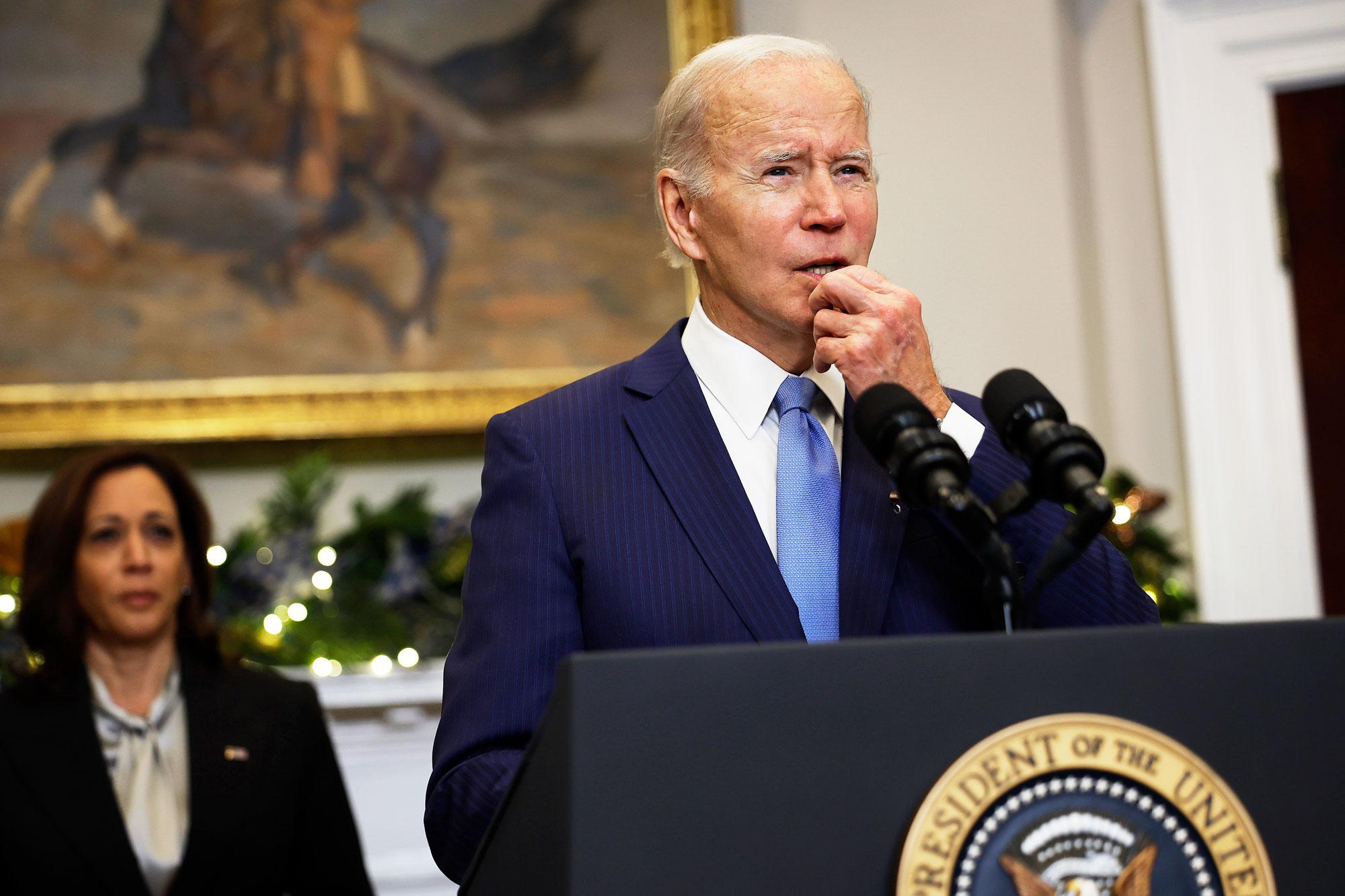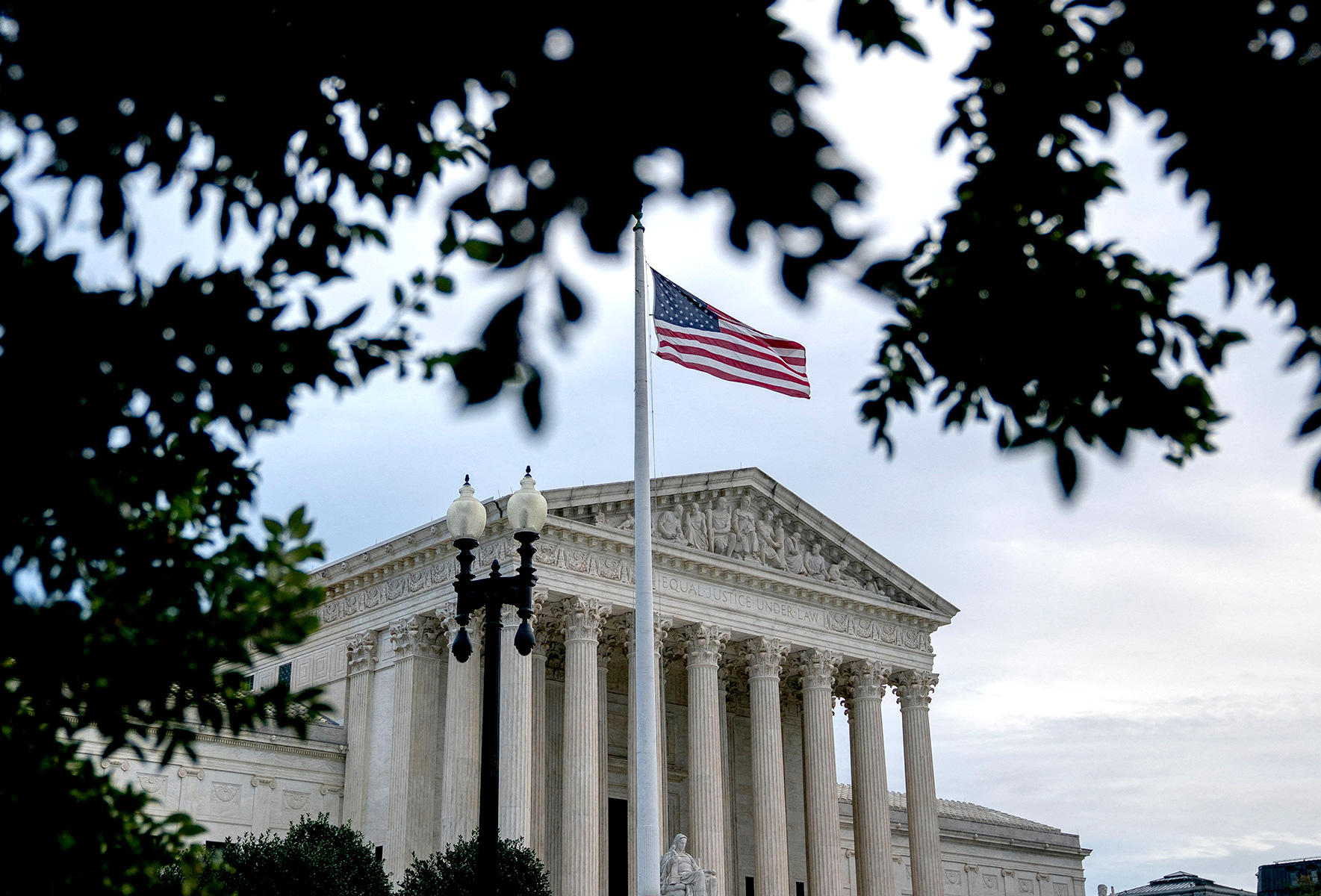Earlier this month the national debt hit $32 trillion—another sad milestone for our country. Our national debt is now larger than our entire economy.
In addition, 43 million Americans owe another $1.75 trillion in student loan debt. This is also a record.
This heavy burden of debt is affecting Americans of all ages. But it's especially hurting young people just starting out, who owe an average of $32,000. As a result, millions of young people are being held back from achieving their goals, like buying a home or starting a family.
This is a nationwide crisis, and it's only getting worse.
I spent 40 years as a teacher, a coach, and a mentor. Over my last 15 years in coaching I was alarmed to see a sharp decline in educational quality and a sharp increase in educational cost. It's one of the main reasons I ran for Senate.
But you don't have to take my word for it. Consider a few of the numbers. Since 1980, the average cost of college has nearly tripled, while inflation overall rose 26 percent in the 40 years before Joe Biden took office.
Generation Z is paying a lot more to get a lot less. It's not fair and it's setting up our entire nation for failure.
Washington needs to take action to fix it—because Washington did a lot to cause it.
The Democrats' proposal is—no surprise—to throw even more taxpayer money at the problem. Joe Biden issued an Executive Order last August that "forgave" half a trillion dollars in student loan debt. In reality, he simply moved the debt burden from the student who took out the loans to all taxpayers.
Biden's Executive Order was completely illegal, as the Supreme Court just affirmed.
It's also immoral. The vast majority of the American people do not have graduate degrees or even college degrees. Nearly nine in 10 Americans have no student debt, and the majority of all student debt is held by Americans in the top 60 percent of income. It's not fair to force truck drivers and mechanics to pay for other people to go to college.

But worst of all, Biden's student loan forgiveness would only have raised the cost of tuition even higher.
We've already tried throwing money at the problem—and it's only made things worse. Federal student aid has gone up by half since the 1980s. A 2017 study from the Federal Reserve showed that this increase in federal aid increased college tuition by roughly the same amount: 60 percent. In other words, the benefit of this federal money didn't go to the students—it went to the schools.
Instead of throwing money at the problem, we ought to cut the roots of higher tuition costs. Senate Republicans recently unveiled five bills that would do just that.
Health, Education, Labor, and Pensions Committee Ranking Member Bill Cassidy (R-La.) introduced the College Transparency Act, which would help students make better choices when selecting their schools by giving them better information on student outcomes on a user-friendly website.
Senator Chuck Grassley (R.) of Iowa introduced the Understanding the True Cost of College Act, which would make comparing costs easier for students by ensuring that every school gives every applicant the same financial aid information, using the same metrics.
Senator Steve Daines (R.) of Montana introduced the Informed Student Borrowing Act, which would ensure that borrowers get clearer information about student loans, such as their expected monthly payment, the duration of the loan, and how much money they can reasonably expect to earn in their given field of study.
Senator John Cornyn (R.) of Texas introduced the Streamlining Accountability and Value in Education Act, which would simplify borrowing options from nine options to two and limit loans for degrees that won't help students earn more than they could earn with a high school diploma.
I'm proud to co-sponsor each one of these bills and I'm grateful to my colleagues for their leadership.
I've also introduced a bill called the Graduate Opportunity and Affordable Loans Act, which would set a maximum limit on the amount of federal graduate student loans that a student can take out. Congress removed this cap in 2006, and costs exploded. Research shows lifting the limit on graduate student loans did not increase access to education. Graduate student loans account for almost half of federal student loan debt despite only one out of every six students in higher education being graduate students.
There is still more that we can do. But these five bills would be a great first step to breaking the vicious cycle of higher costs, higher debt, and higher government spending. Students deserve real solutions, not blatant attempts to buy their votes.
Instead of further expanding the education industrial complex, Senate Republicans are taking action that would actually bring down costs for future generations. Washington needs to act now before the problem gets even worse, and Generation Z falls further behind.
Tommy Tuberville is the senior U.S. senator from Alabama.
The views expressed in this article are the writer's own.








